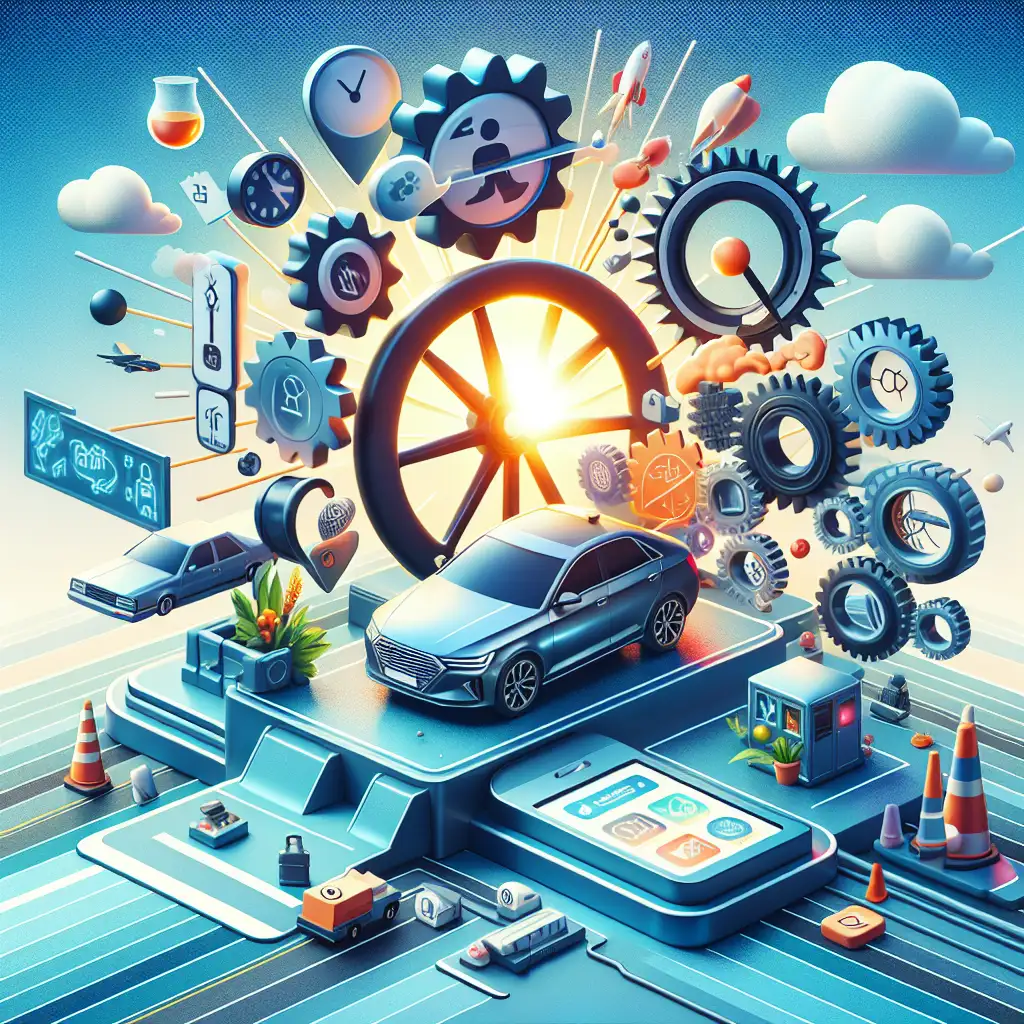Avoiding Common Driving Distractions: Stay Focused and Safe on the Road
Learn how to identify and manage distractions to ensure a safer driving experience.

Driving is an essential part of daily life for many people, but it comes with its own set of challenges. One of the most significant challenges is staying focused on the road. Distractions can come from various sources, and they can significantly increase the risk of accidents. Understanding how to identify and manage these distractions is crucial for maintaining safety while driving.
Understanding Driving Distractions
Before we dive into how to avoid distractions, let's define what they are. A driving distraction is anything that diverts your attention away from the primary task of driving. These distractions can be visual (taking your eyes off the road), manual (taking your hands off the wheel), or cognitive (taking your mind off driving). Each type of distraction can be dangerous, and it's important to recognize them to mitigate their effects.
Types of Driving Distractions
- Visual Distractions: These occur when you look at something other than the road. Examples include looking at a GPS device, reading a text message, or even admiring the scenery.
- Manual Distractions: These happen when you take your hands off the wheel. Common examples include eating, adjusting the radio, or reaching for an item in the car.
- Cognitive Distractions: These occur when your mind is not focused on driving. Daydreaming, talking to passengers, or being preoccupied with personal problems are typical cognitive distractions.
Managing and Avoiding Distractions
Now that we know what driving distractions are, let's explore some strategies to manage and avoid them. By implementing these tips, you can enhance your focus and safety on the road.
Plan Ahead
Before you start your journey, make sure everything is set up for a distraction-free drive. Adjust your mirrors, set your GPS, and choose your music or podcast before you hit the road. This preparation can help you avoid fiddling with controls while driving.
Use Technology Wisely
While technology can be a source of distraction, it can also help you stay focused. Use hands-free devices for phone calls and voice commands for navigation. Many modern cars come equipped with features that allow you to control various functions without taking your hands off the wheel.
Limit Passenger Interaction
Engaging in deep conversations with passengers can be distracting. Politely let your passengers know that you need to focus on driving, especially in heavy traffic or challenging conditions.
Avoid Multitasking
Driving requires your full attention. Avoid eating, grooming, or any other activities that take your focus away from the road. If you need to do something that requires your attention, pull over safely before proceeding.
Case Studies and Comparisons
Consider the case of a driver who regularly uses their phone while driving. Studies have shown that using a phone while driving can increase the risk of an accident by up to four times. In contrast, drivers who use hands-free devices and limit phone use while driving significantly reduce their risk of accidents.
Another example is the impact of cognitive distractions. A study by the AAA Foundation for Traffic Safety found that cognitive distractions can linger for up to 27 seconds after a task is completed, meaning your mind may still be distracted even after you stop interacting with a device or passenger.
Conclusion
Driving distractions are a significant safety concern, but by understanding and managing them, you can reduce your risk of accidents. Remember to plan ahead, use technology wisely, limit passenger interaction, and avoid multitasking. Think about what distractions you encounter most often and how you can minimize them. Your safety and the safety of others on the road depend on your ability to stay focused.
Reflect on your driving habits. Are there distractions you can eliminate? Consider making a commitment to safer driving practices today.
 CarChooser
CarChooser